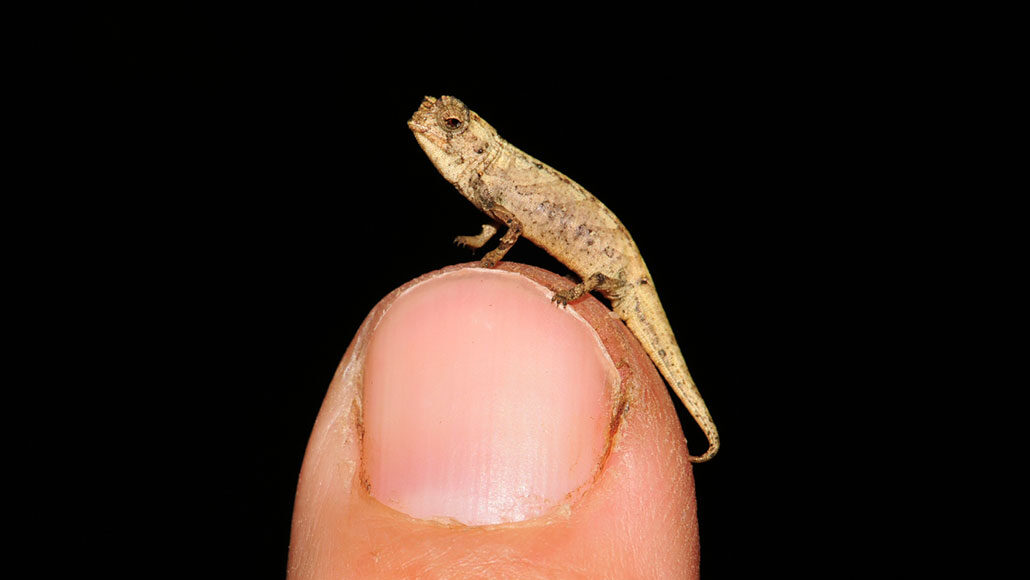conservation: The act of preserving or protecting something. The focus of this work can range from art objects to endangered species and other aspects of the natural environment.
endangered: An adjective used to describe species at risk of going extinct.
extinction: The permanent loss of a species, family or larger group of organisms.
forest: An area of land covered mostly with trees and other woody plants.
genus: (plural: genera) A group of closely related species. For example, the genus Canis — which is Latin for “dog” — includes all domestic breeds of dog and their closest wild relatives, including wolves, coyotes, jackals and dingoes.
habitat: The area or natural environment in which an animal or plant normally lives, such as a desert, coral reef or freshwater lake. A habitat can be home to thousands of different species.
herpetologist: A scientist who works on the biology of reptiles and amphibians.
invertebrate: An animal lacking a backbone. About 90 percent of animal species are invertebrates.
litter: Material that lies around in the open, having been discarded or left to fall where it may. (in biology) Decaying leaves and other plant matter on the surface of a forest floor.
lizard: A type of reptile that typically walks on four legs, has a scaly body and a long tapering tail. Unlike most reptiles, lizards also typically have movable eyelids. Examples of lizards include the tuatara, chameleons, Komodo dragon, and Gila monster.
Madagascar: This island nation sits in the Indian Ocean, just east of the African nation of Mozambique. The world’s fourth largest island, Madagascar is home to many unique animals that have evolved in relative isolation. These include a number of primates, such as lemurs, chameleons of all sizes, birds and lots of butterflies.
mite: An invertebrate belonging to the broad group of animals known as arachnids, which also include spiders and ticks. None of these are insects, although like insects they belong to the larger umbrella group, called arthropods (named for their members’ segmented legs).
nano: A prefix indicating a billionth. In the metric system of measurements, it’s often used as an abbreviation to refer to objects that are a billionth of a meter long or in diameter.
reptile: Cold-blooded vertebrate animals, whose skin is covered with scales or horny plates. Snakes, turtles, lizards and alligators are all reptiles.
species: A group of similar organisms capable of producing offspring that can survive and reproduce.
zoology: The study of animals and their habitats. Scientists who undertake this work are known as zoologists.









